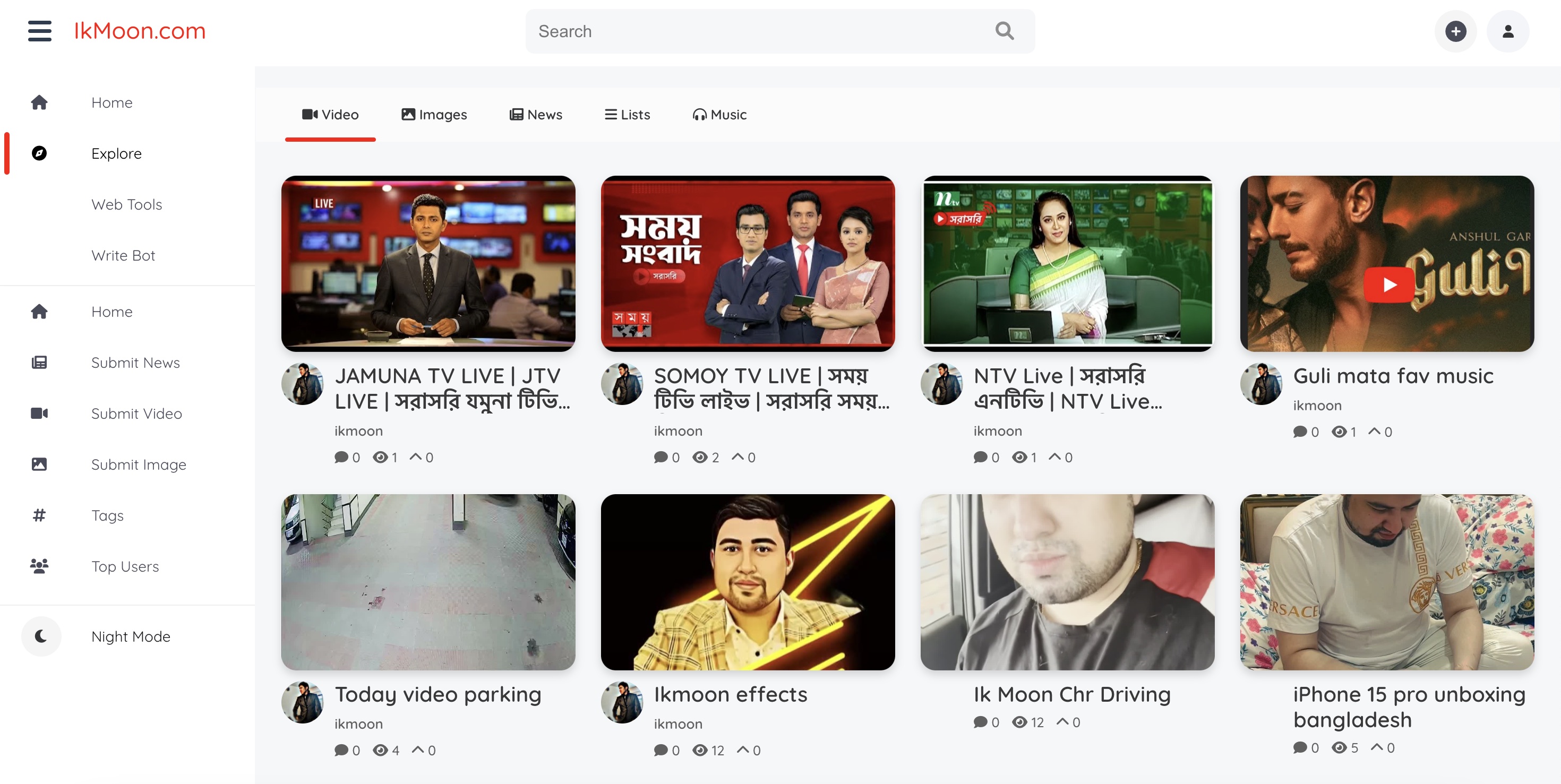Why I left Web2 for Web3 – and why you might, too
The post Why I left Web2 for Web3 – and why you might, too appeared on BitcoinEthereumNews.com. The following article is a guest post and opinion of Yurii Kovalchuk, Senior Blockchain Engineer at Forte Group. Three and a half years ago, I made a decision that completely changed the trajectory of my career. I left the familiar world of Web2 and stepped into the deep, chaotic, and exhilarating space of blockchain development. It wasn’t an obvious move. I wasn’t chasing pump or overnight success. I was searching for meaning – for technology that aligned with my values, challenged my thinking, and gave me a reason to keep building. Since then, I haven’t looked back. Web3 became more than a job – it became the lens through which I now see the future of the internet. In this piece, I want to share why I made the leap, what I’ve learned from it, and how other developers can approach the switch with clarity and intention. What to Expect from Web3 Flexible Compensation & High-Stakes Incentives One of the first things that stood out to me when switching to Web3 was how different – and often more rewarding – the compensation structure is compared to traditional tech. Instead of fixed salaries and HR paperwork, Web3 projects often offer a mix of stablecoin payments, on-chain invoices, and token-based incentives. In many cases, you’re paid directly to your wallet. Sometimes it’s a clean invoice; other times, it’s a hybrid model. Then there are the tokens. Much like equity in startups, project tokens give you a stake in the product you’re building. If the project succeeds, so do you. That adds a layer of motivation that’s hard to replicate in Web2. But of course, tokens can also drop in value just as fast – market volatility is real, and so are the risks. That said, the upside potential is often much greater.…

The post Why I left Web2 for Web3 – and why you might, too appeared on BitcoinEthereumNews.com.
The following article is a guest post and opinion of Yurii Kovalchuk, Senior Blockchain Engineer at Forte Group. Three and a half years ago, I made a decision that completely changed the trajectory of my career. I left the familiar world of Web2 and stepped into the deep, chaotic, and exhilarating space of blockchain development. It wasn’t an obvious move. I wasn’t chasing pump or overnight success. I was searching for meaning – for technology that aligned with my values, challenged my thinking, and gave me a reason to keep building. Since then, I haven’t looked back. Web3 became more than a job – it became the lens through which I now see the future of the internet. In this piece, I want to share why I made the leap, what I’ve learned from it, and how other developers can approach the switch with clarity and intention. What to Expect from Web3 Flexible Compensation & High-Stakes Incentives One of the first things that stood out to me when switching to Web3 was how different – and often more rewarding – the compensation structure is compared to traditional tech. Instead of fixed salaries and HR paperwork, Web3 projects often offer a mix of stablecoin payments, on-chain invoices, and token-based incentives. In many cases, you’re paid directly to your wallet. Sometimes it’s a clean invoice; other times, it’s a hybrid model. Then there are the tokens. Much like equity in startups, project tokens give you a stake in the product you’re building. If the project succeeds, so do you. That adds a layer of motivation that’s hard to replicate in Web2. But of course, tokens can also drop in value just as fast – market volatility is real, and so are the risks. That said, the upside potential is often much greater.…
What's Your Reaction?


























![Jermaine Dupri Reacts to Top Strip Club Songs in Atlanta: ‘They Gotta Be Top 5 Over That [Young] Nudy Song’ | Billboard News](https://www.billboard.com/wp-content/uploads/2025/09/billboardnews_jermainedupri_thumb.jpg?w=1024)









